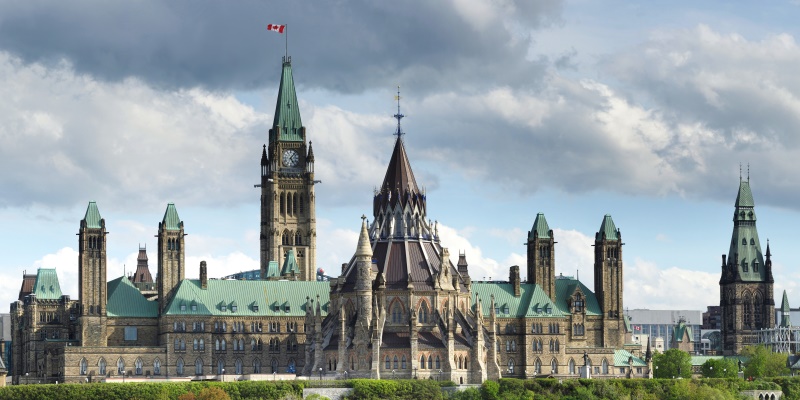Ottawa shouldn’t meddle in K-12 education

One of Canada’s great political strengths, like our neighbour to the south, is that we’re a federalist country, meaning we have constituent provinces (or states) with significant powers that are distinguishable from the national government. This separation of powers, at least theoretically, allows the country to split the responsibility for different programs between the levels of government, based on who’s best positioned to deliver the program.
There are few people who would argue, for instance, that provincial or local governments should be responsible for national defence or foreign affairs; these areas generally seen as a natural responsibility for the national government.
Similarly, it’s generally accepted that programs such as welfare and education should be delivered, to the degree possible, by the level of government closest to the people.
Maintaining the right balance between the two levels of government, with responsibility devolved to the provinces wherever possible, provides the best possibility for experimentation, innovation and learning.
As such, we can gleam important federalist lessons from Canada’s K-12 education systems. The federal government currently has no role, no ministry, no regulations and provides no funding to the provinces to support K-12 education (excluding programs for First Nations). The result, as one would expect (and is the intent of a federalist country), is that we have enormous diversity of funding and delivery models for K-12 education.
For instance, three provinces (Ontario, Saskatchewan and Alberta) provide religious education and content-focused programs (such as STEM) within their public-school systems. The remaining seven provinces rely on independent schools to deliver religious education and content-focused programs.
Similarly, five provinces—Quebec and the four western provinces—provide financial support to parents who choose to send their children to independent schools. Not surprisingly, these provinces have much higher rates of students enrolled in independent schools than provinces that provide no financial support (Ontario and the Atlantic provinces). Enrolment in independent schools reaches as high as 12.8 per cent in British Columbia compared to only 0.8 per cent in New Brunswick, the lowest rate of all the provinces. And Alberta is the only province that includes charter schools as part of their public K-12 education system.
Moreover, as a recent study showed, spending per student varies considerably across the country, from a high of $15,423 in Saskatchewan to a low of $11,543 in Quebec.
In terms of student performance, while there are certainly opportunities to improve our education system in general, Canada maintains a competitive and productive K-12 education system. For instance, recent PISA results, the gold standard for international testing, showed Canadian students continue to perform comparatively well on standardized tests, despite some growing concerns.
The opportunity to learn from one another and improve over time is premised on allowing—even facilitating—these kinds of innovations and diversity in education financing and delivery, which requires the federal government to avoid meddling in provincial matters since federal interventions inevitably mean a one-size-fits-all approach.
The broad lesson for Canada is to embrace and respect federalism—and indeed, apply it more vigorously to areas such as health care—as federalism provides the opportunity to improve program delivery and control costs through learning from different provincial approaches, and this requires the federal government to avoid intervening in areas best left to the provinces.
Authors:
Subscribe to the Fraser Institute
Get the latest news from the Fraser Institute on the latest research studies, news and events.


